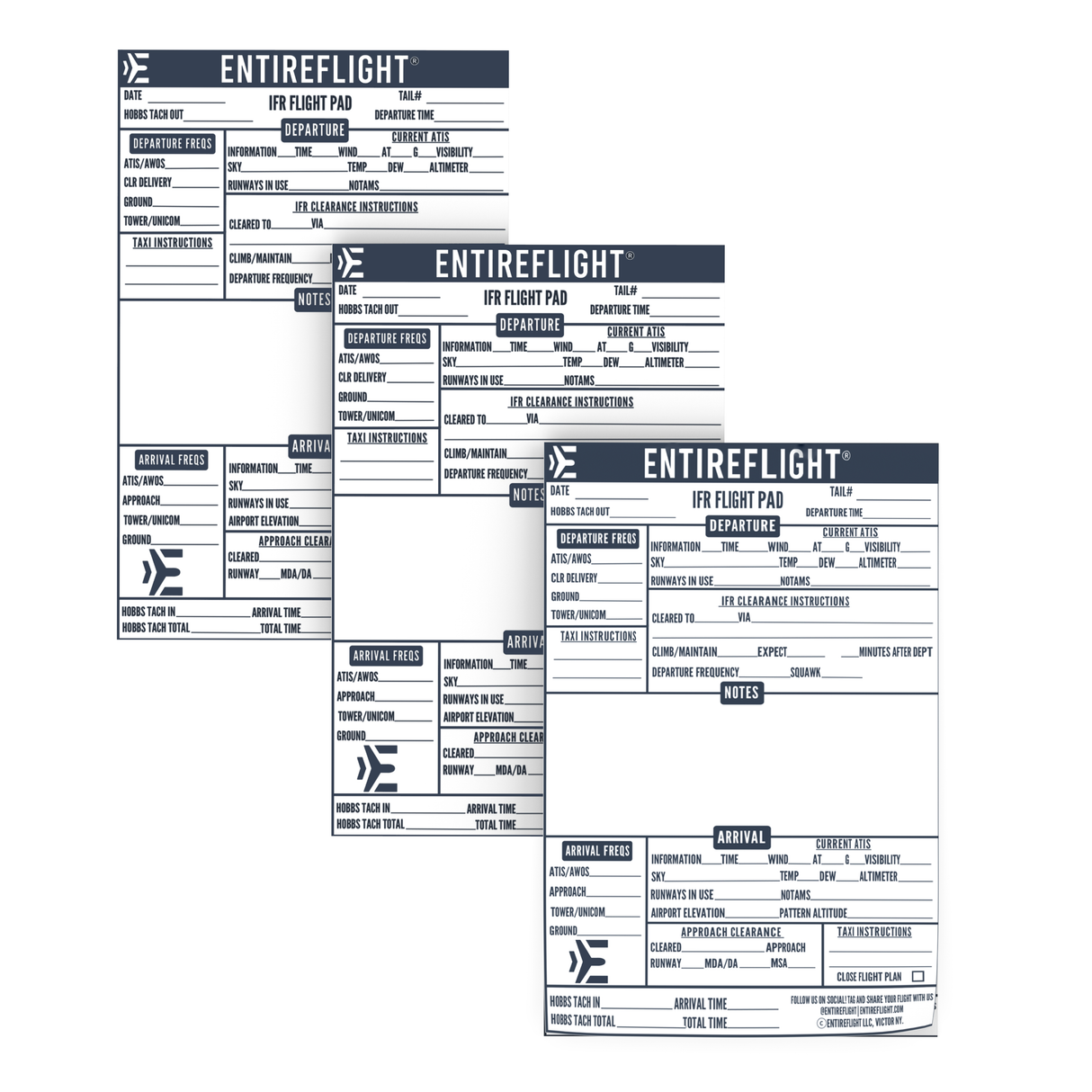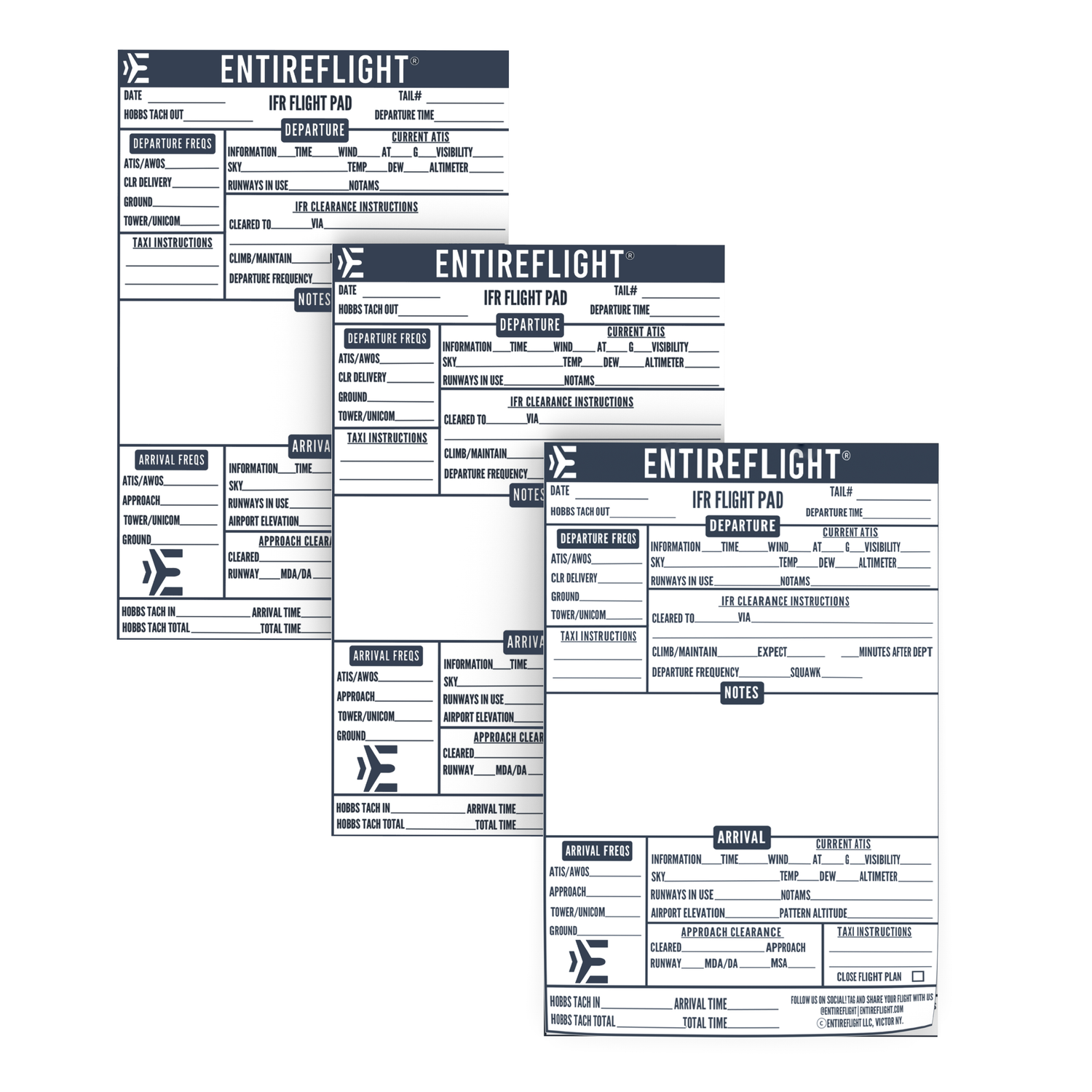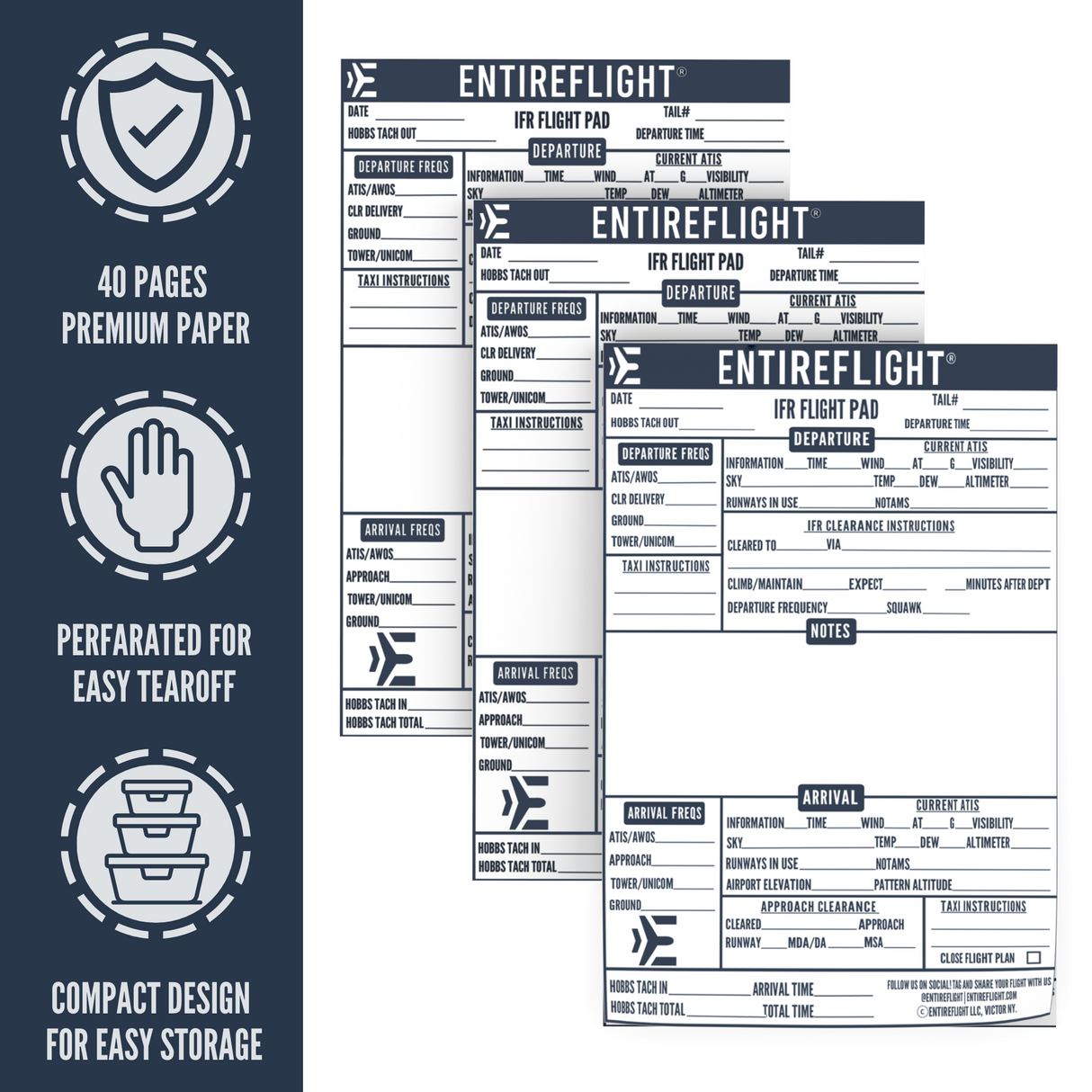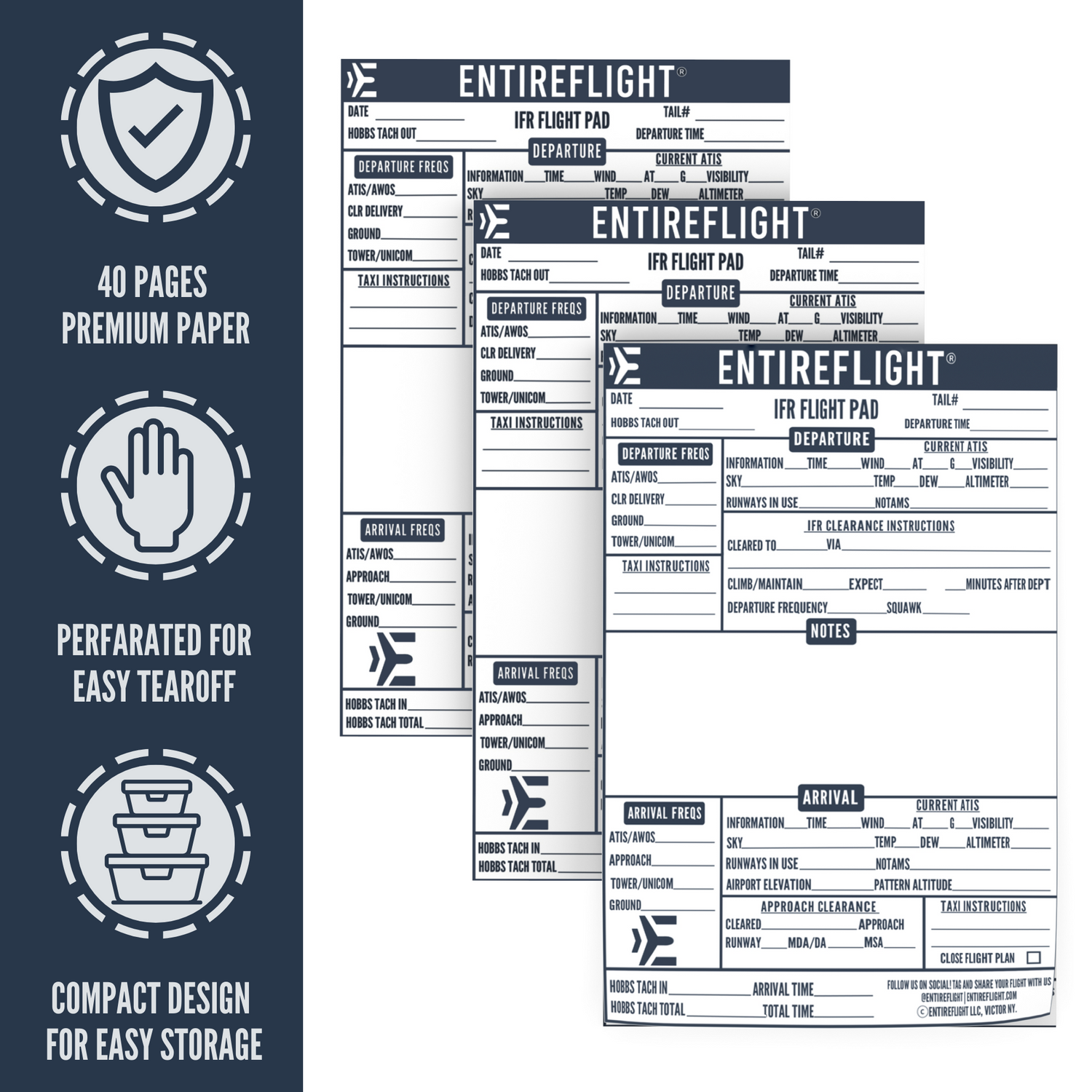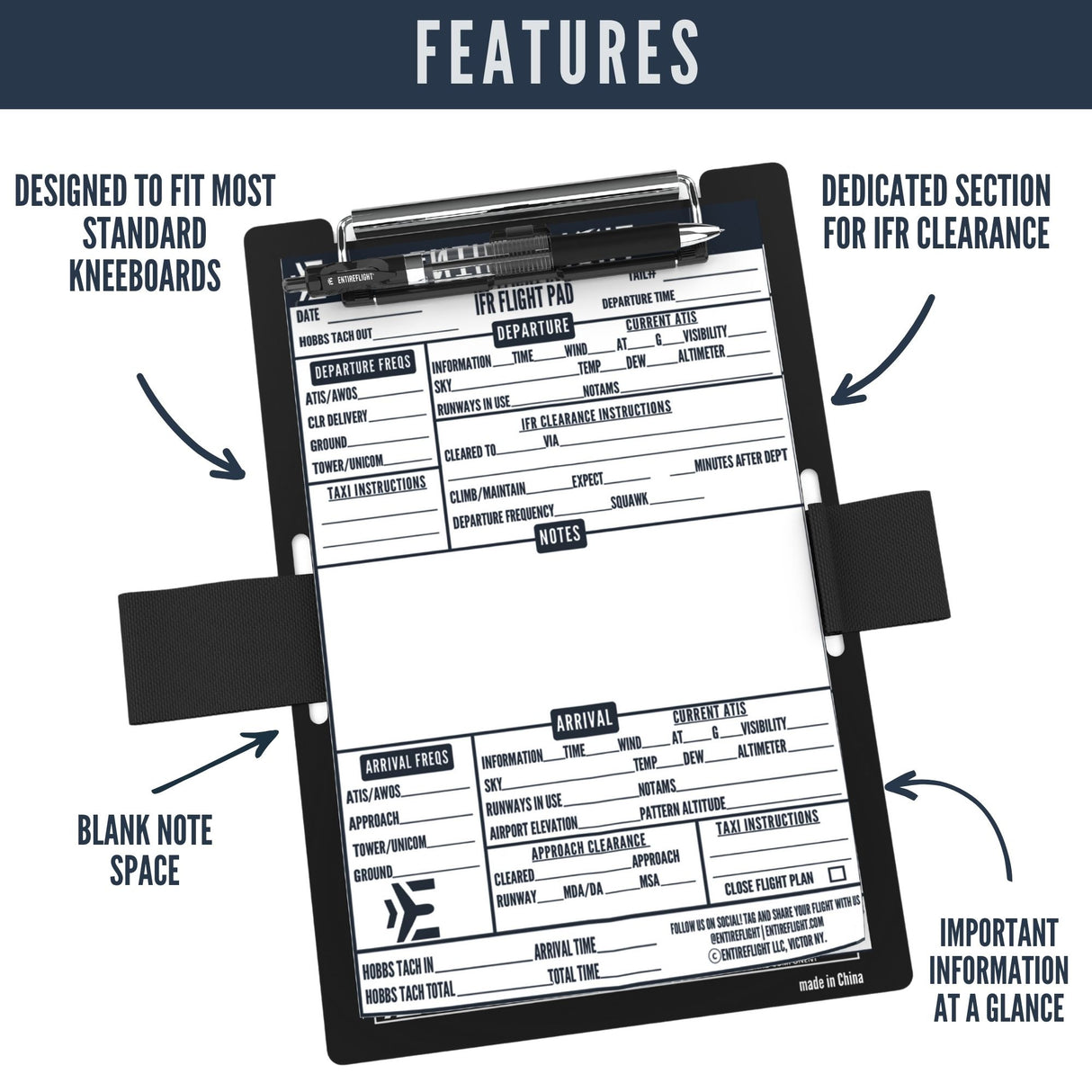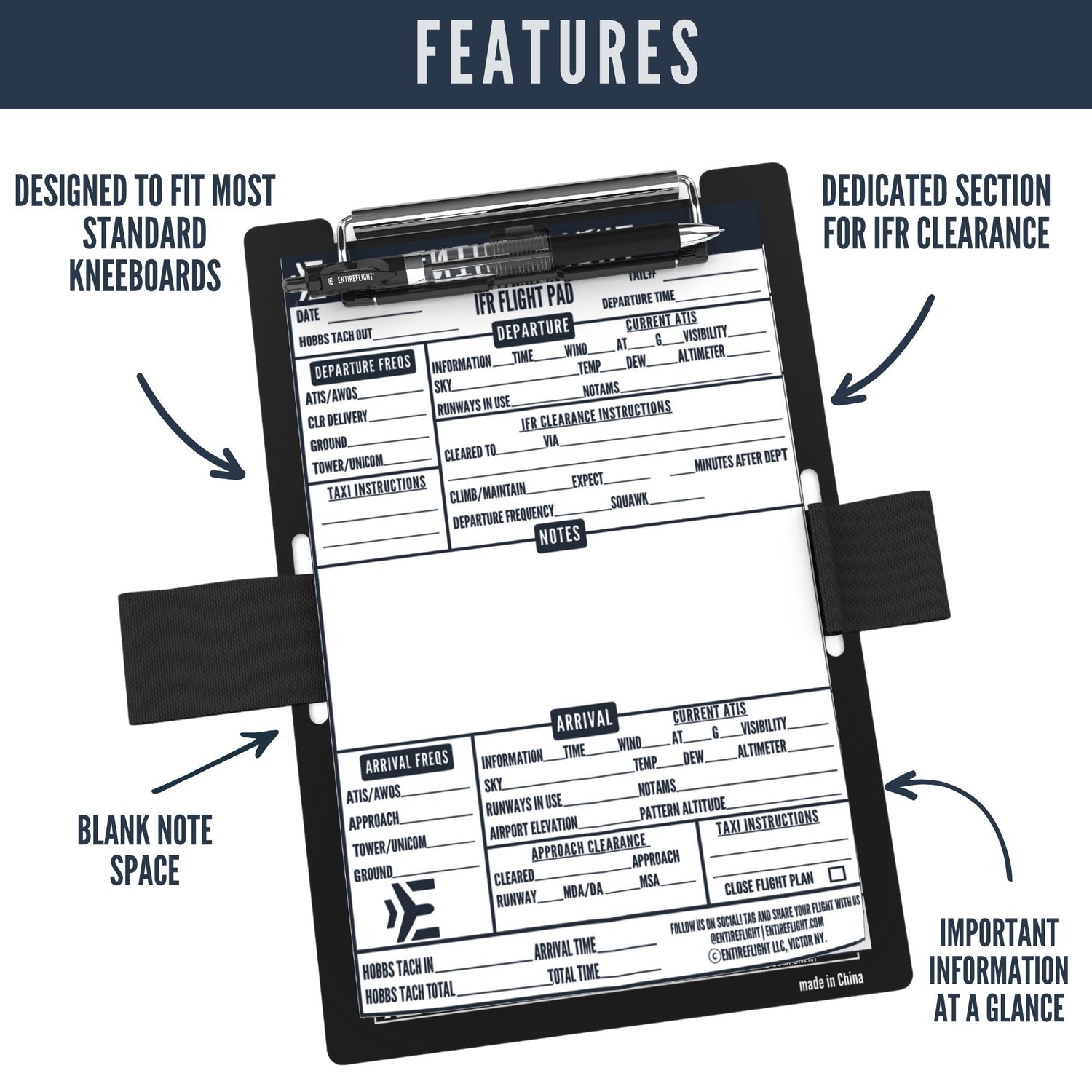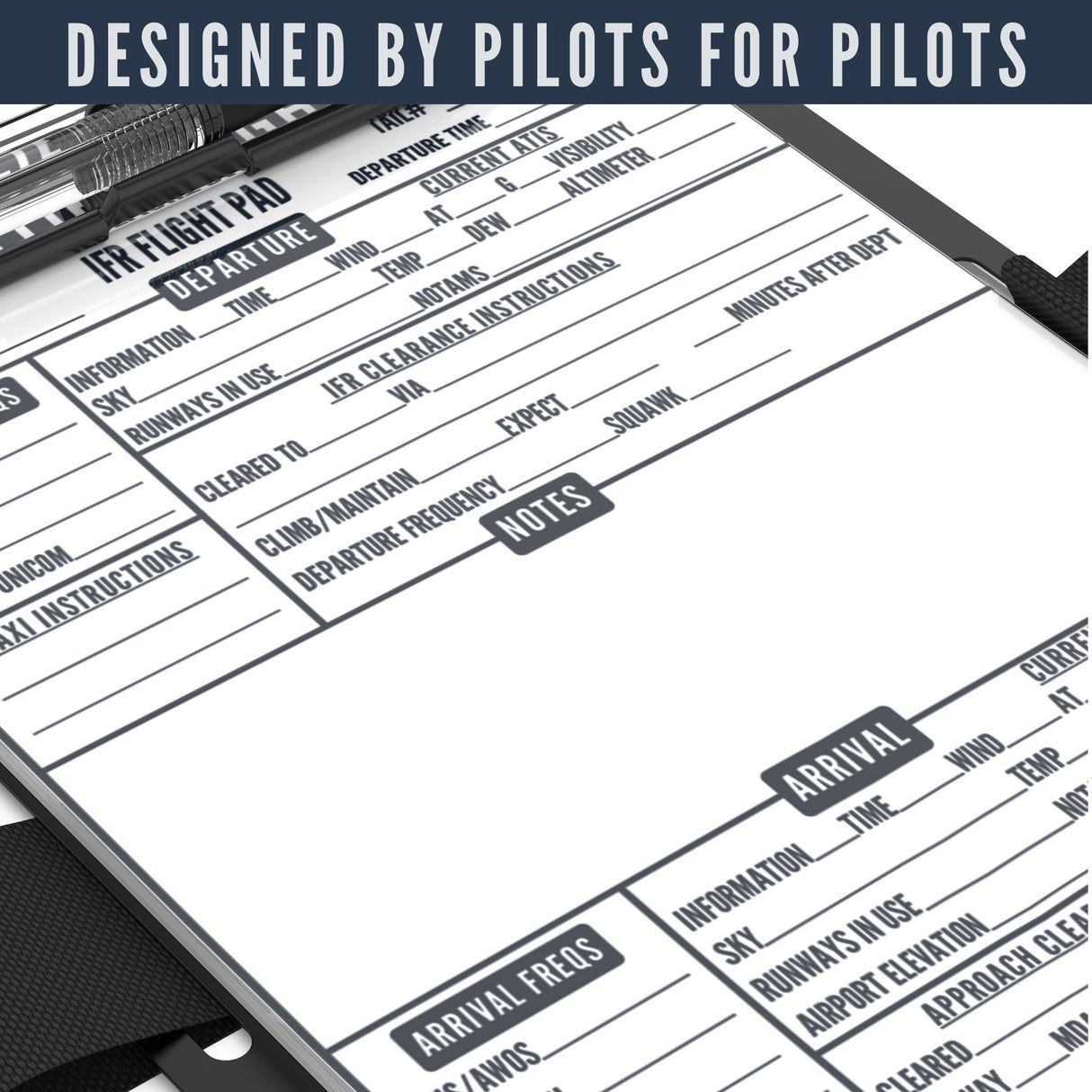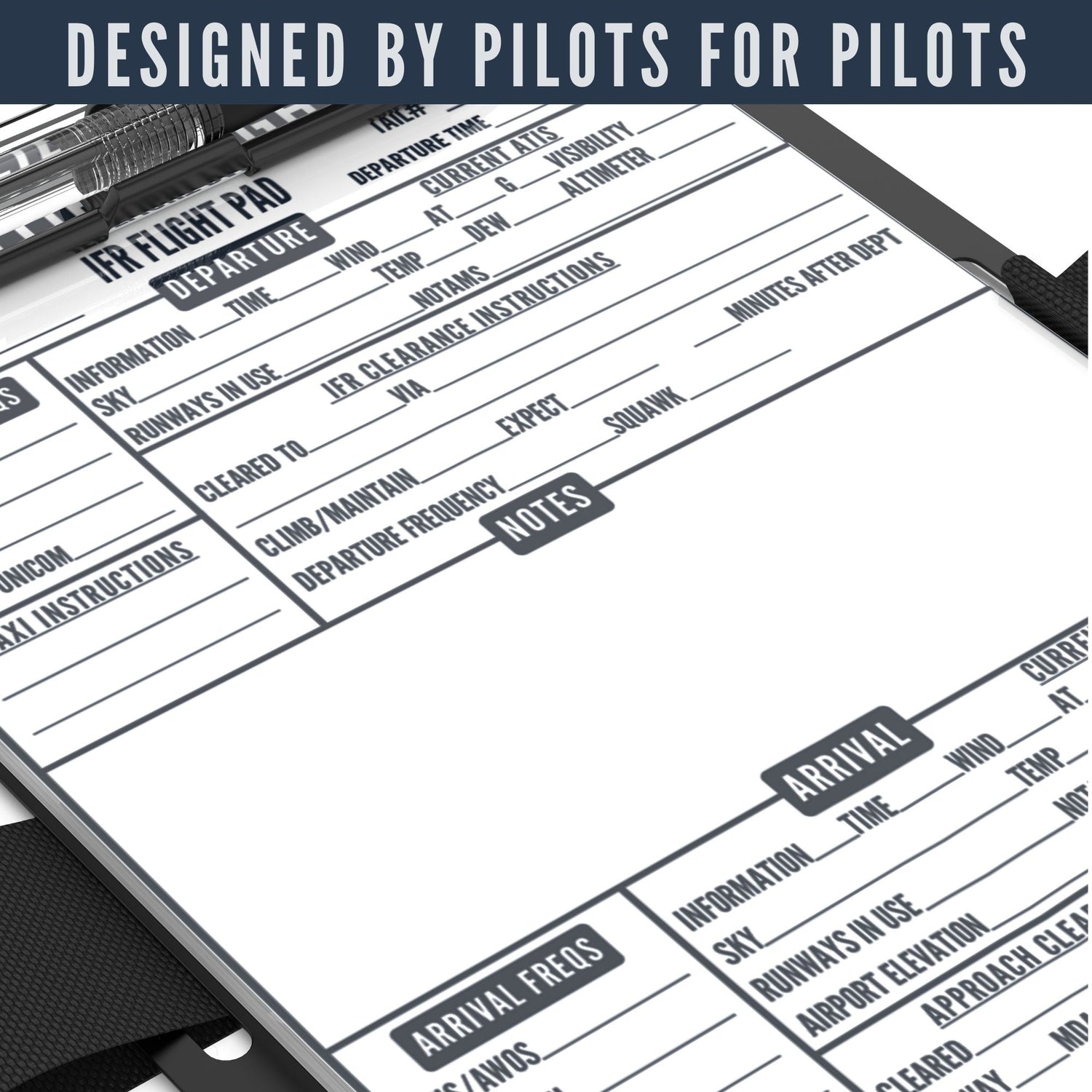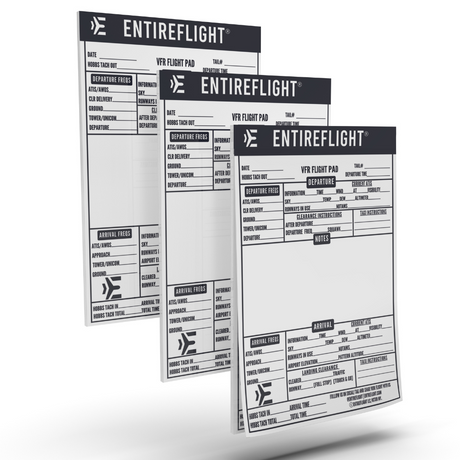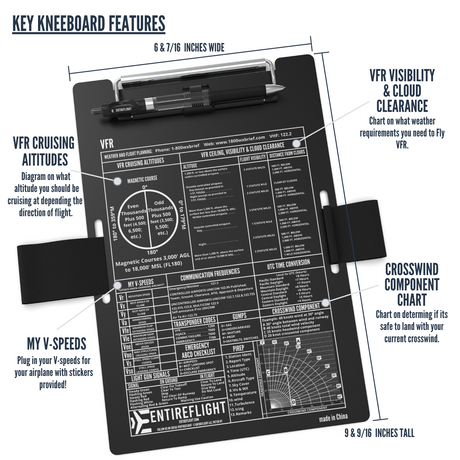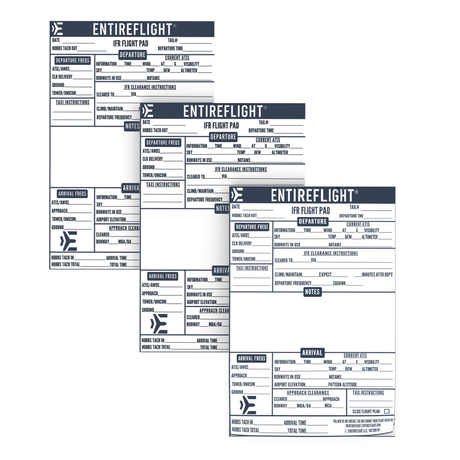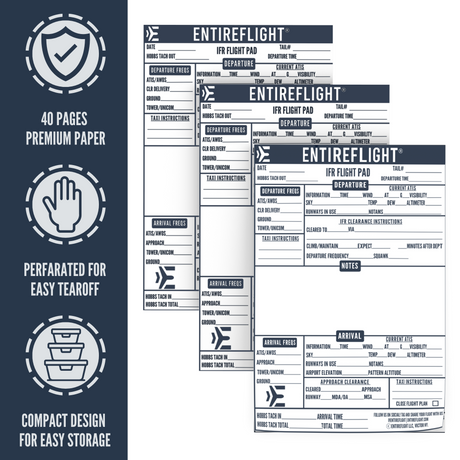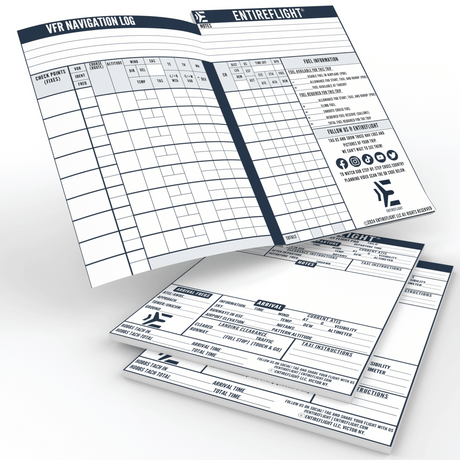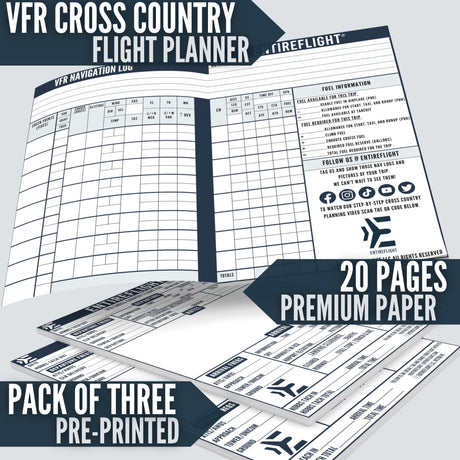Scud running is a term used to describe a dangerous practice of flying low and fast under low-lying clouds, also known as scud clouds. Pilots who engage in scud running often do so to avoid the inconvenience of flying through clouds or to reach their destination faster. However, this practice is highly risky and can result in accidents and fatalities.
Understanding scud running involves knowing the dangers of flying under low-lying clouds. Scud clouds can be unpredictable and can quickly change in shape and size, making it difficult for pilots to navigate through them. Furthermore, scud clouds can obscure visibility, making it difficult for pilots to see other aircraft, terrain, or obstacles. Pilots who engage in scud running are at risk of colliding with other aircraft, hitting terrain or obstacles, or losing control of their aircraft.
This article will help you understand what scud running is at a deeper level – and help you navigate safely through the skies, especially during potentially dangerous flying conditions. Let’s get into it.
What is Scud Running?
Scud running is a term used to describe a flying technique where a pilot flies at low altitudes to avoid clouds or bad weather conditions. This technique is used when a pilot is flying under Visual Flight Rules (VFR) and encounters weather conditions that are below the minimum VFR weather requirements. Scud running can be dangerous and should only be attempted by experienced pilots.
When scud running, a pilot flies at a low altitude, usually below 500 feet above ground level, to maintain visibility and avoid clouds. This technique requires the pilot to have a clear understanding of the terrain and the weather conditions.
Flying at low altitudes can be dangerous, especially if the pilot is not familiar with the terrain. It is important to maintain a safe distance from obstacles and to always be aware of the altitude. In addition, scud running requires the pilot to have a clear understanding of the weather conditions. Flying in poor weather conditions can be dangerous, and it is important to always be aware of the wind and cloud cover.
Scud running should only be attempted by experienced pilots who are familiar with the terrain and the weather conditions. It is important to always maintain a safe altitude and to be aware of the weather conditions. Scud running can be a useful technique for pilots who are flying under VFR and encounter unexpected weather conditions, but it should only be attempted with caution and under the right circumstances.
The Risks of Scud Running
Scud running is a risky maneuver that can lead to accidents and fatalities. In this section, we will discuss the risks associated with scud running.
Dangerous Conditions
Scud running is often done in hazardous conditions such as low visibility, rugged terrain, and inclement weather. This can lead to a number of dangerous situations such as flying into obstacles, engine failure, wire strikes, and forced landings. Scud running also increases the risk of controlled flight into terrain (CFIT) accidents, where an aircraft crashes into the ground due to pilot error or weather conditions.
Navigational Challenges
Navigating through difficult terrain or weather conditions can be challenging even for experienced pilots. Scud running requires pilots to fly low and maintain visual contact with the ground, which can be difficult in areas with low cloud cover or other obstacles. This can lead to mistaking one feature for another, flying off course, and getting lost. Pilots must also be aware of hazards such as radio towers and cell phone towers, which can be difficult to see when flying low.
Weather-Related Risks
Scud running is often done in bad weather conditions such as cold fronts, thunderstorm gust fronts, and low cloud fragments. These conditions can lead to hazardous illusions such as the false horizon illusion and the black hole illusion, which can cause pilots to lose spatial orientation and crash. Scud running also increases the risk of icing, which can cause engine failure and loss of control.
Alternatives to Scud Running
There are several alternatives to scud running that you can consider when faced with poor weather conditions. These alternatives aim to provide a safer and more reliable way of getting to your destination.
Obtain an Instrument Rating
One of the best alternatives to scud running is to obtain an instrument rating. This rating allows you to fly in poor weather conditions by relying on your instruments rather than visual references. With an instrument rating, you can fly through clouds and other weather conditions that would otherwise force you to scud run.
Delay Your Flight
If the weather is too poor to fly safely, consider delaying your flight until the conditions improve. This may require some flexibility in your schedule, but it is a much safer alternative to scud running. Check the weather forecasts and plan your flight accordingly.
Consult with a Flight Service Station
If you are unsure about the weather conditions, consider consulting with a flight service station. They can provide you with up-to-date weather information and help you plan a safe flight.
Conclusion
Scud running, or low-level flying, might seem exciting to some, but it's essential to recognize its serious dangers. Flying close to the ground not only puts those in the aircraft at risk but also endangers people on the ground. As aviation enthusiasts, we must always prioritize safety and follow the rules and regulations in place to keep everyone safe.
While flying low may appear thrilling, it's simply too risky. Let's choose responsible and safe flying, ensuring that our skies remain a place for adventure without unnecessary danger. By doing so, we can enjoy our passion for aviation while keeping ourselves and others out of harm's way.
Frequently Asked Questions
1 - When is scud running considered dangerous?
Scud running is considered dangerous when visibility is low and pilots are forced to fly close to the ground or obstacles to maintain visual contact with the terrain. This can increase the risk of collisions with buildings, trees, power lines, and other obstacles.
2 - What are the risks associated with scud running?
The risks associated with scud running include collisions with obstacles, disorientation, loss of control, and spatial disorientation. Pilots who engage in scud running may also be at risk of violating FAA regulations and facing legal consequences.
3 -What precautions should be taken when scud running?
Pilots should avoid scud running whenever possible and only fly in conditions that allow for safe flight. If scud running is necessary, pilots should maintain a safe altitude and airspeed, be aware of obstacles, and use caution when maneuvering.
4 - What is the difference between scud running and low-level flight?
Scud running involves flying close to the ground or obstacles to maintain visual contact with the terrain, while low-level flight is a planned and intentional maneuver that involves flying at a low altitude for a specific purpose, such as military training or aerial surveying.
5 - What are some common causes of scud running accidents?
Common causes of scud running accidents include poor weather conditions, pilot error, lack of experience, and failure to follow FAA regulations. Additionally, scud running accidents may occur when pilots become complacent or overconfident in their abilities.
6 - What are the consequences of scud running?
The consequences of scud running can be severe and may include injury or death to the pilot and passengers, damage to the aircraft, and legal consequences for violating FAA regulations. Pilots who engage in scud running put themselves and others at risk and should take all necessary precautions to avoid this dangerous practice.

